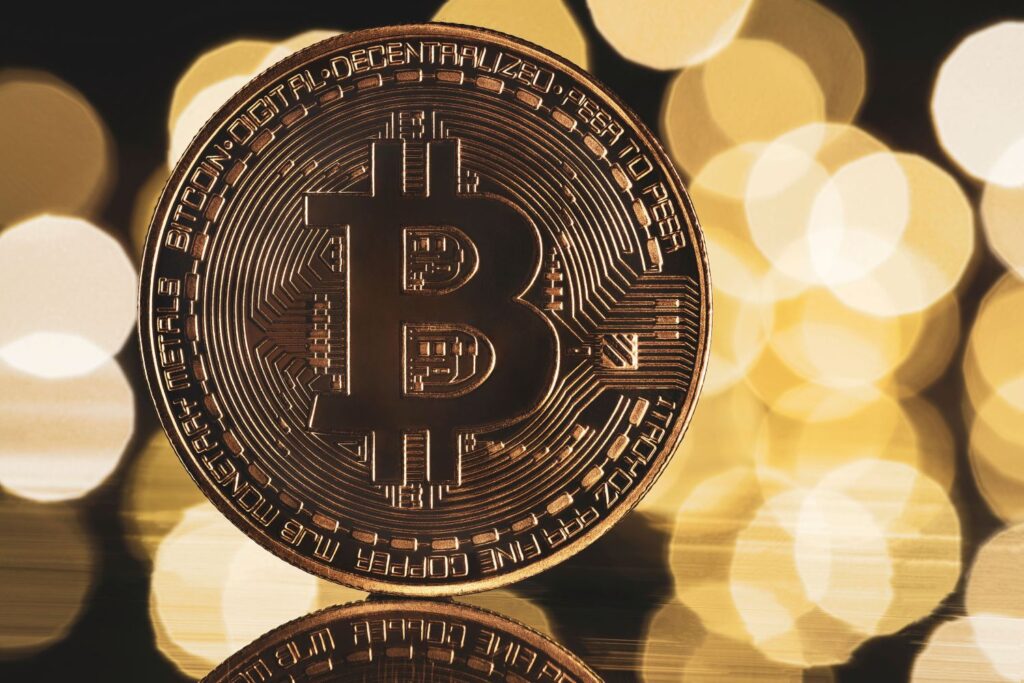Runes Protocol is an emerging concept in the world of decentralized finance (DeFi) and blockchain technology. It focuses on providing a framework that allows users to create and utilize tokens, particularly in a Bitcoin-based ecosystem. The innovation of Runes Protocol lies in its potential to bring smart contract-like functionality to Bitcoin, allowing for more diverse use cases within the Bitcoin network, which has traditionally been more rigid compared to Ethereum or other smart contract platforms.
Origins of Runes Protocol
The concept of Runes Protocol is deeply rooted in the quest to expand Bitcoin’s utility beyond just being a store of value or a medium of exchange. Bitcoin, the first and most widely adopted cryptocurrency, is often criticized for its limited programmability compared to Ethereum and other blockchain platforms that enable smart contracts. While Bitcoin is known for its security and decentralization, it lacks the ability to natively support complex applications such as DeFi, non-fungible tokens (NFTs), or decentralized exchanges (DEXs).
Runes Protocol aims to bridge this gap by creating a layer on top of Bitcoin that enables tokenization and other advanced functionalities without compromising Bitcoin’s core principles of security, immutability, and decentralization. By doing so, it opens up possibilities for creating decentralized applications (dApps) and financial instruments directly on Bitcoin’s robust and secure blockchain.
How Runes Protocol Works
At the heart of Runes Protocol is the idea of “Runes,” which are essentially tokens that exist on the Bitcoin network. These tokens can represent various types of assets, such as digital currencies, NFTs, or even physical assets like real estate or commodities. The protocol utilizes Bitcoin’s scripting language, albeit in a more sophisticated manner, to facilitate the creation, transfer, and destruction of these tokens.
One of the key challenges that Runes Protocol addresses is how to integrate these functionalities without overburdening the Bitcoin network, which is known for its relatively slow transaction speeds and high fees compared to other blockchains. To solve this, Runes Protocol leverages off-chain and sidechain technologies, allowing for faster and more cost-effective transactions while ensuring that the core Bitcoin network remains secure and decentralized.
For instance, the use of state channels or sidechains can allow users to execute multiple transactions off the main Bitcoin blockchain, reducing congestion and lowering fees. Once the transactions are settled, the final state can be recorded on the Bitcoin blockchain, ensuring that the integrity of the network is maintained.
Use Cases of Runes Protocol
The potential applications of Runes Protocol are vast, particularly in the DeFi space. Here are some of the key use cases:
1. Tokenization of Assets
One of the primary use cases of Runes Protocol is the tokenization of assets on the Bitcoin blockchain. This means that any physical or digital asset can be represented as a token, which can then be traded, transferred, or utilized in various financial applications. For instance, real estate properties, stocks, bonds, and commodities can be tokenized, making them more accessible and tradable on a global scale.
2. Decentralized Finance (DeFi)
Runes Protocol can also enable DeFi applications on Bitcoin. This includes decentralized exchanges (DEXs), lending and borrowing platforms, and yield farming, among others. By using Runes, users can create and trade tokens that represent various financial instruments, all while leveraging the security and decentralization of the Bitcoin network.
3. Non-Fungible Tokens (NFTs)
NFTs have gained significant popularity on platforms like Ethereum, but with Runes Protocol, it becomes possible to mint and trade NFTs on Bitcoin. This opens up new opportunities for artists, creators, and collectors who prefer the security and permanence of the Bitcoin network for their digital assets.
4. Cross-Chain Interoperability
Runes Protocol can also facilitate cross-chain interoperability, allowing tokens created on other blockchain platforms to be transferred and utilized on the Bitcoin network. This could create a more interconnected blockchain ecosystem, where users can seamlessly move assets between different blockchains without the need for centralized exchanges.
Challenges and Future Prospects
While Runes Protocol offers exciting possibilities, it also faces several challenges. One of the primary concerns is scalability. Bitcoin’s block size and transaction processing speed have been points of contention for years, and adding more functionalities like tokenization could exacerbate these issues. However, solutions like the Lightning Network and sidechains offer promising ways to mitigate these concerns.
Another challenge is adoption. While Bitcoin has a large and dedicated user base, many developers and projects have gravitated towards Ethereum and other smart contract platforms due to their programmability and ease of use. Convincing developers to build on Bitcoin using Runes Protocol may require significant effort and incentives.
Despite these challenges, the future of Runes Protocol looks promising. If successfully implemented, it could bring a new wave of innovation to the Bitcoin ecosystem, allowing it to compete more directly with Ethereum and other blockchain platforms in the DeFi and tokenization space. By enabling complex financial instruments, dApps, and digital assets on Bitcoin, Runes Protocol has the potential to revolutionize how we use and interact with the world’s most secure blockchain.
